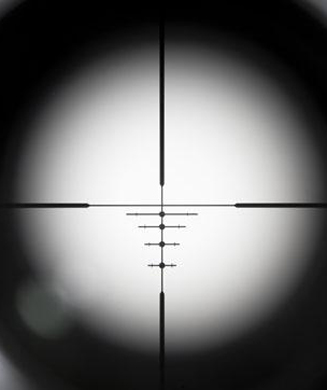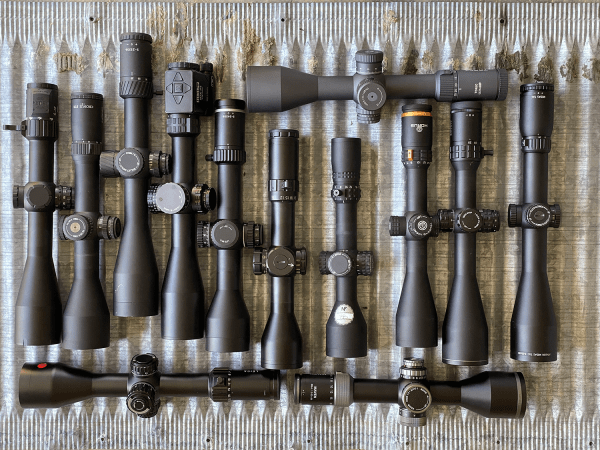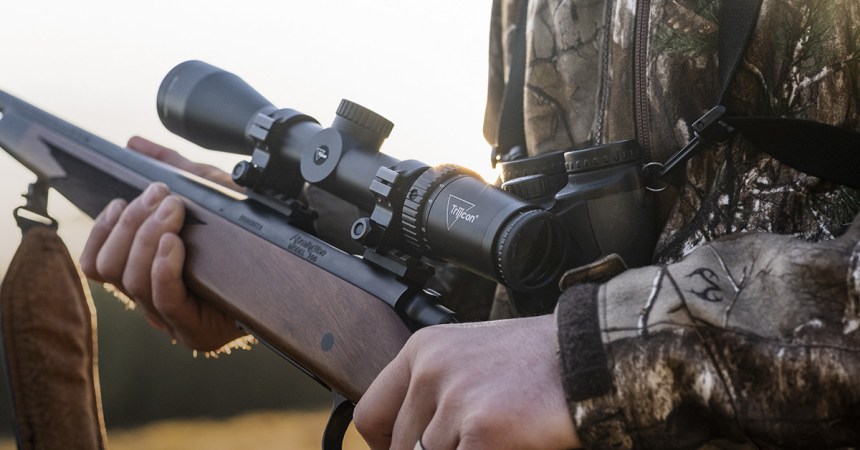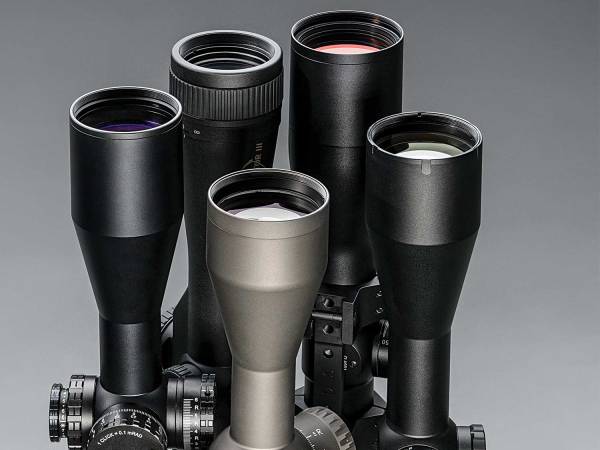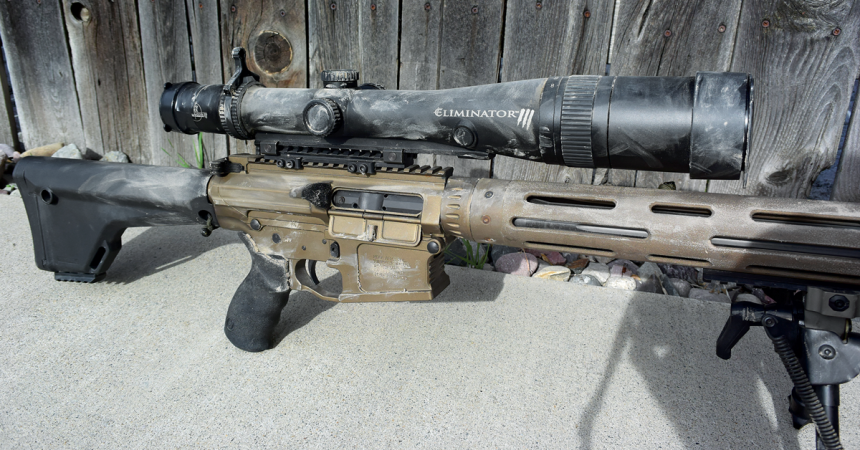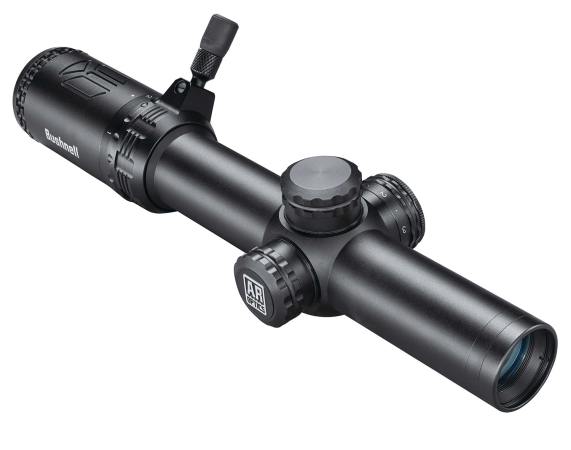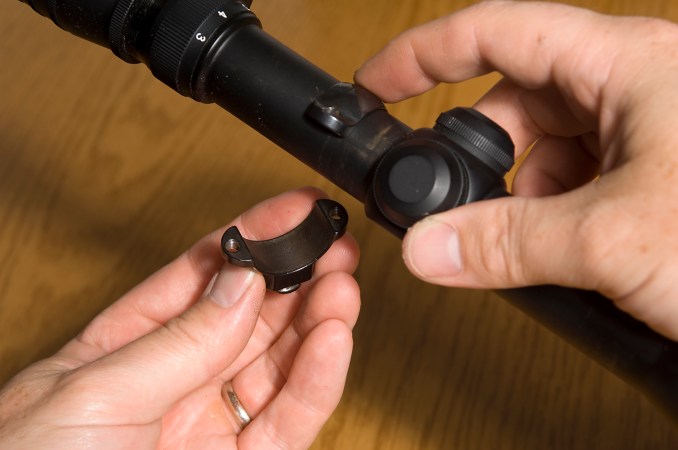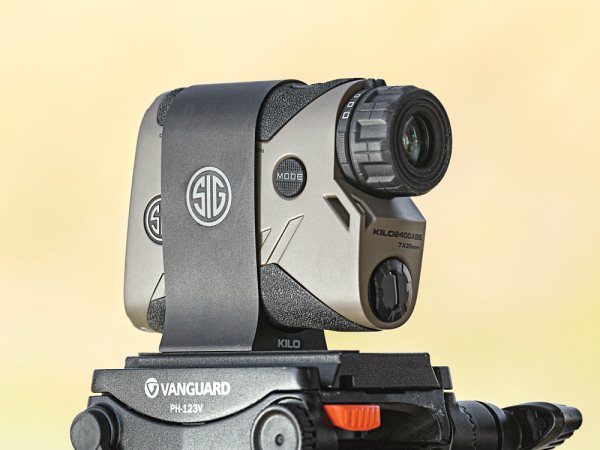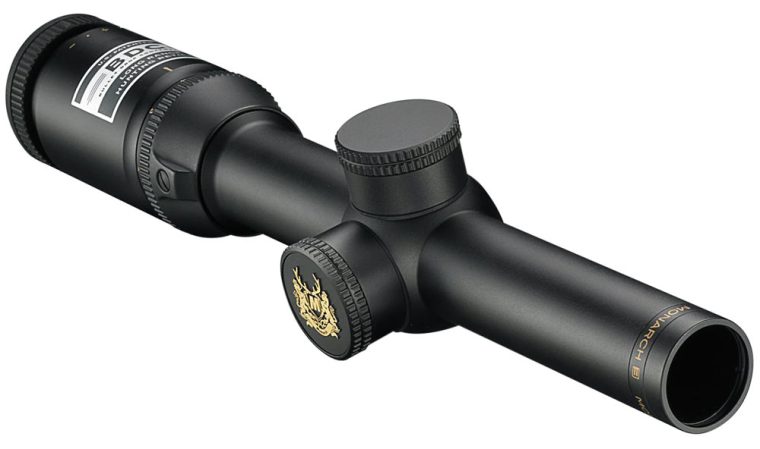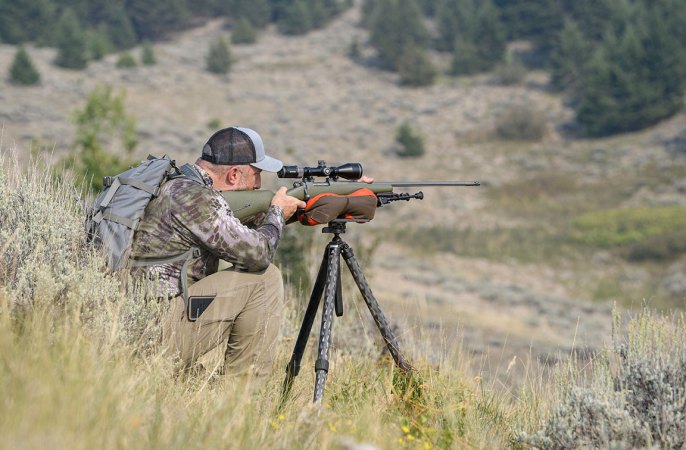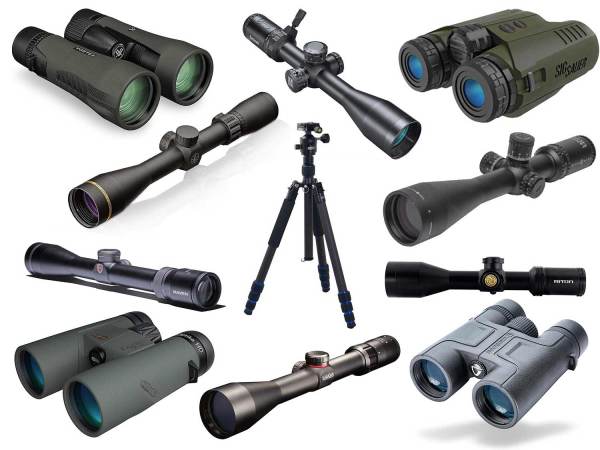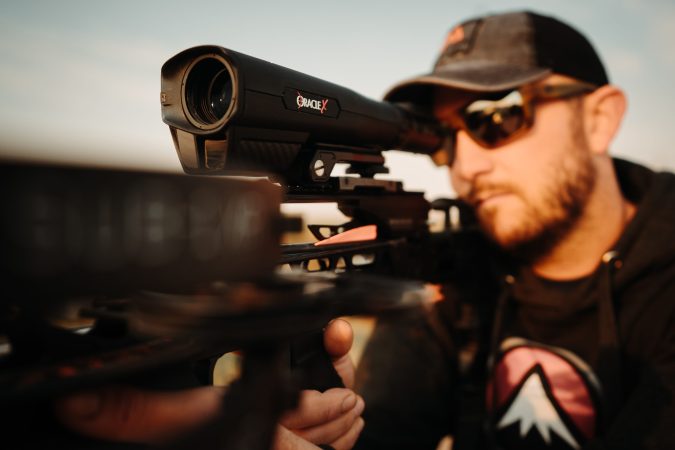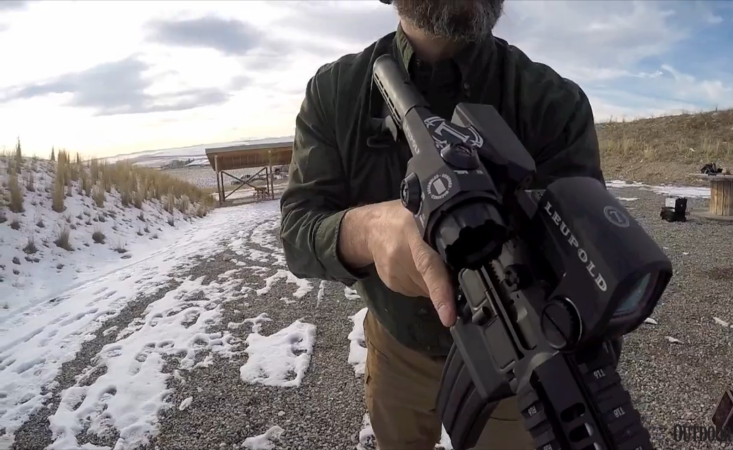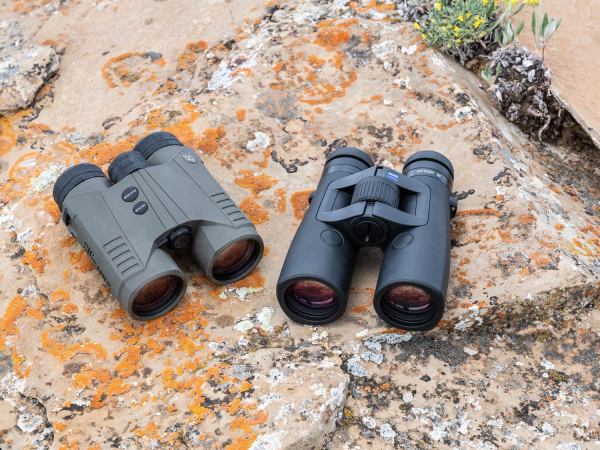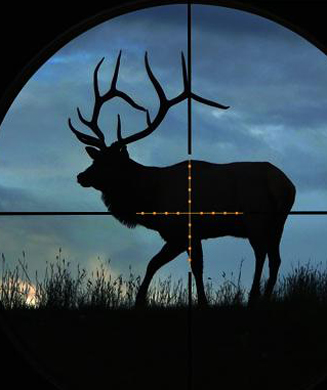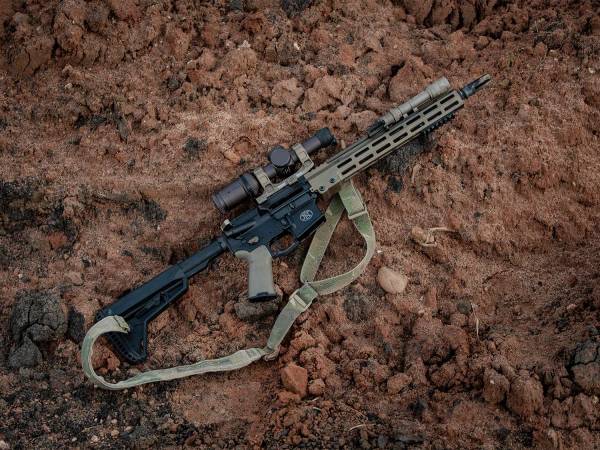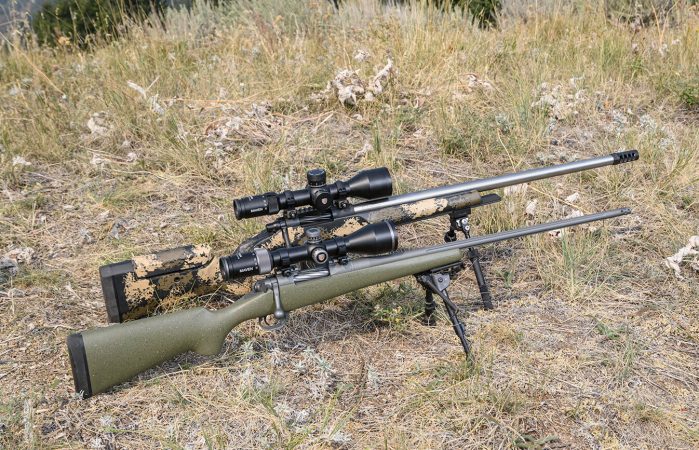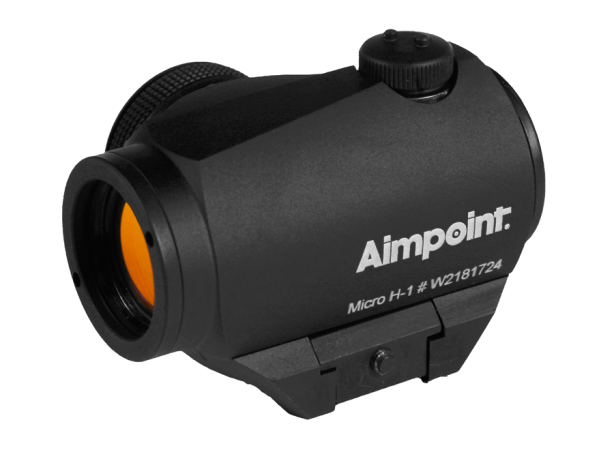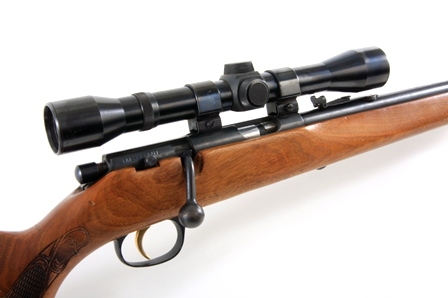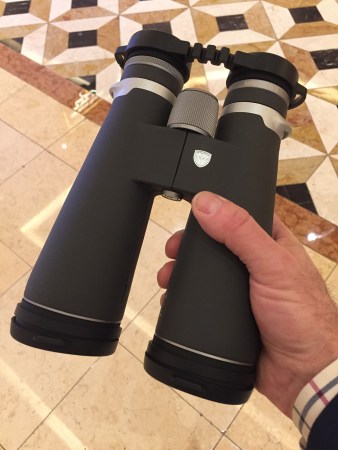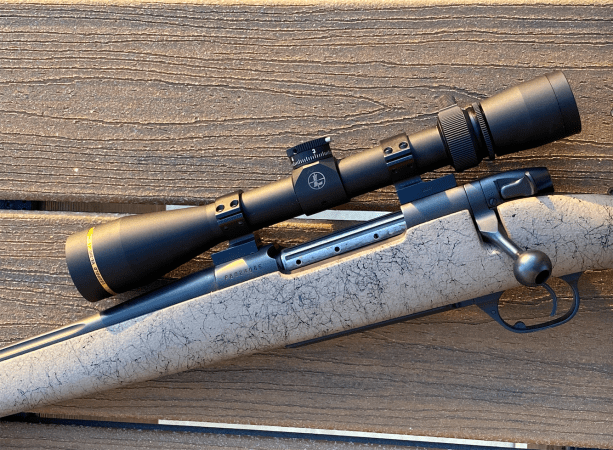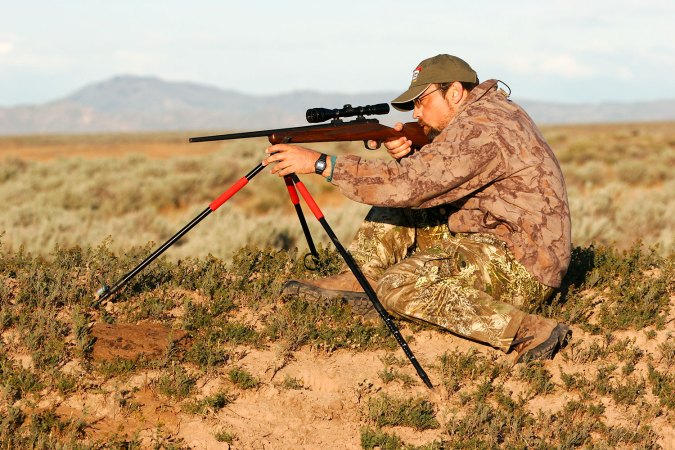We may earn revenue from the products available on this page and participate in affiliate programs. Learn More ›
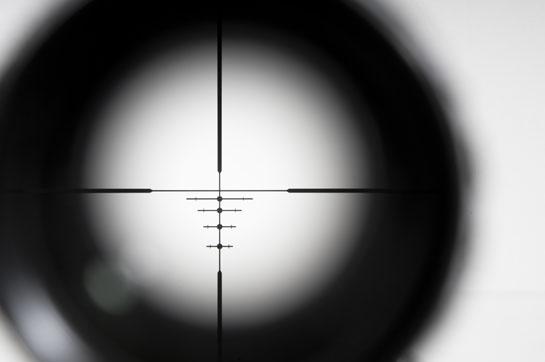
A few months ago, a reader sent in this question:
_For Christmas I got a scope with a bullet-drop compensating reticle, but if I understand the directions, I have to shoot on the highest power to get the crosshairs to work. I like to keep the magnification at 6X. Will the secondary crosshairs work at that power?
Here’s my answer…
_
Riflescopes with multiple aiming points for distant targets are all the rage. In fact, it’s hard to find a scope with a simple duplex crosshair these days, as the optics industry focuses on BDC (bullet-drop compensating) reticles that are designed to end the old how-high-over-his-back-should-I-hold question that confronts hunters making long shots.
The best BDC reticles are engineered to conform to a ballistic curve, the arc of a bullet as gravity pulls it earthward. The worst are random aiming points that have more to do with marketing than ballistics.
In order for the ballistic curve to match the scope’s aiming points, you must start with a known zero. Most manufacturers recommend a 100-yard zero with standard calibers and a 200-yard zero with flat-shooting magnums. The secondary aiming points should be close to 100-yard increments, as long as the scope is on its highest power.
Here’s why power matters: Because BDC reticles are almost always in the scope’s second focal plane, the size of the crosshairs doesn’t appear to change as you change magnification. But what does change as you ramp up the power are the lower references below the center crosshair. These hatches appear to move up the target as magnification increases and down the target as it decreases.
The good news is that both your zero and your power settings are infinitely adjustable. Spend time at the range tuning the reticle to your pet load and favorite magnification. Or use an online ballistic calculator (like Nikon’s Spot On) to marry your aiming points with your load and the scope’s magnification.

